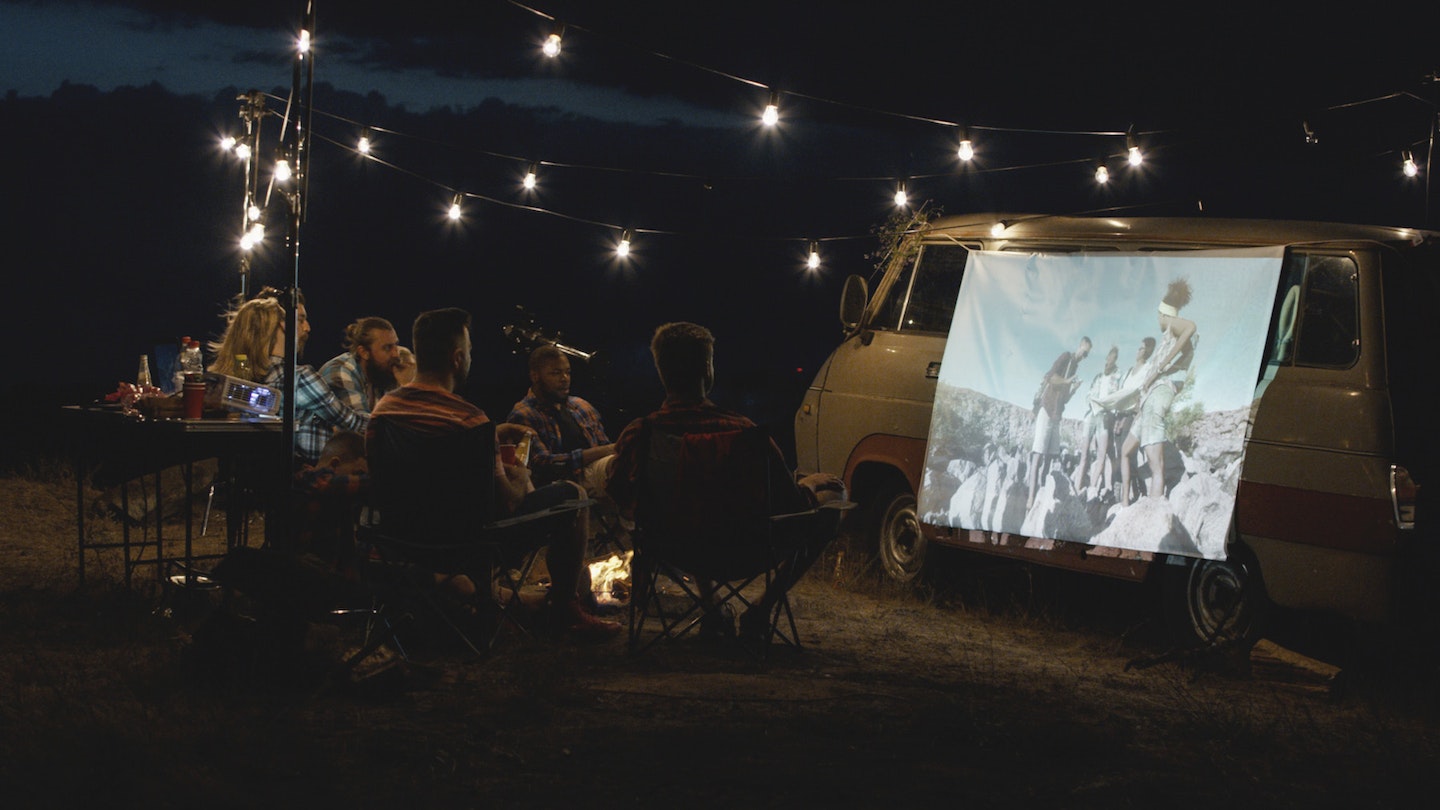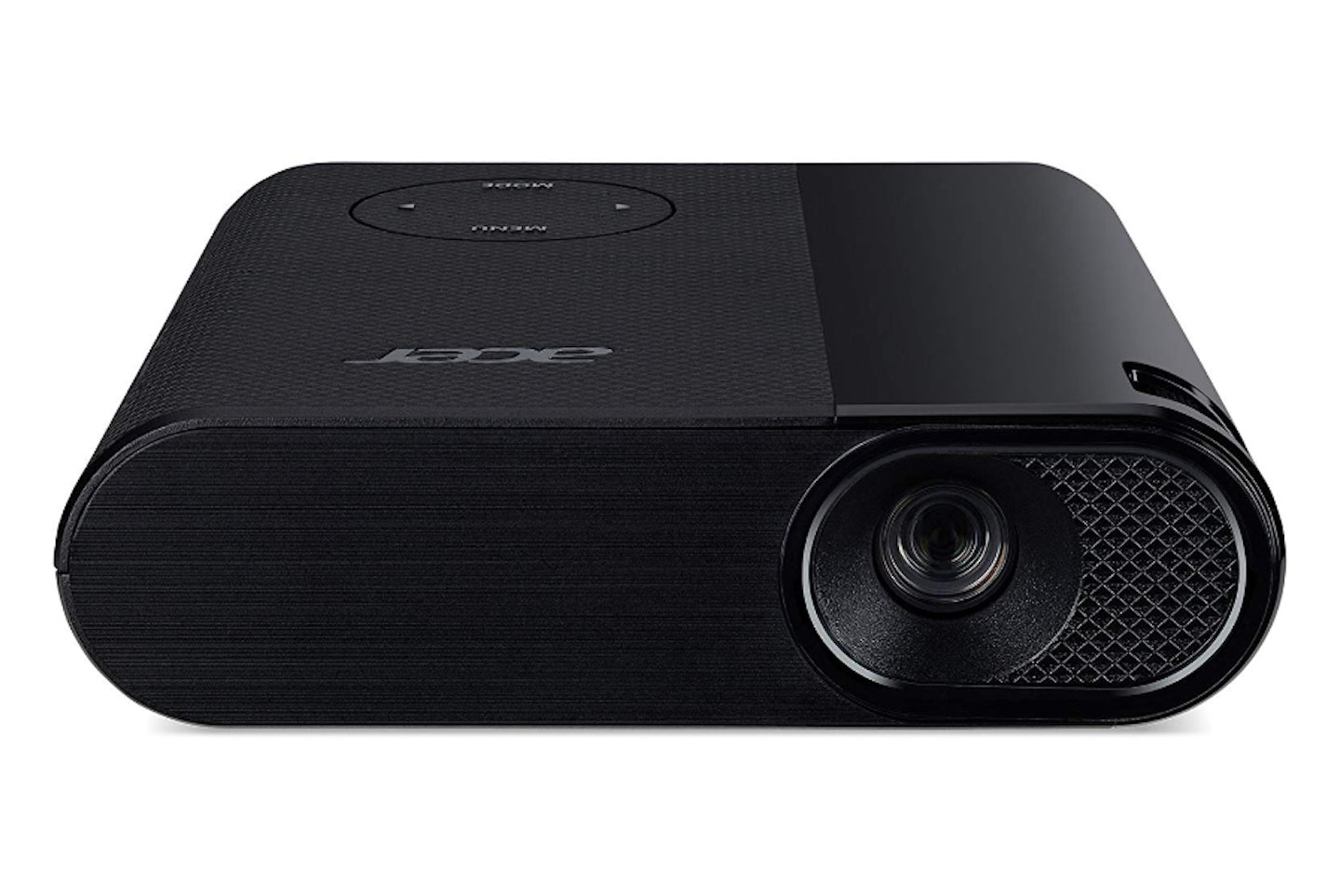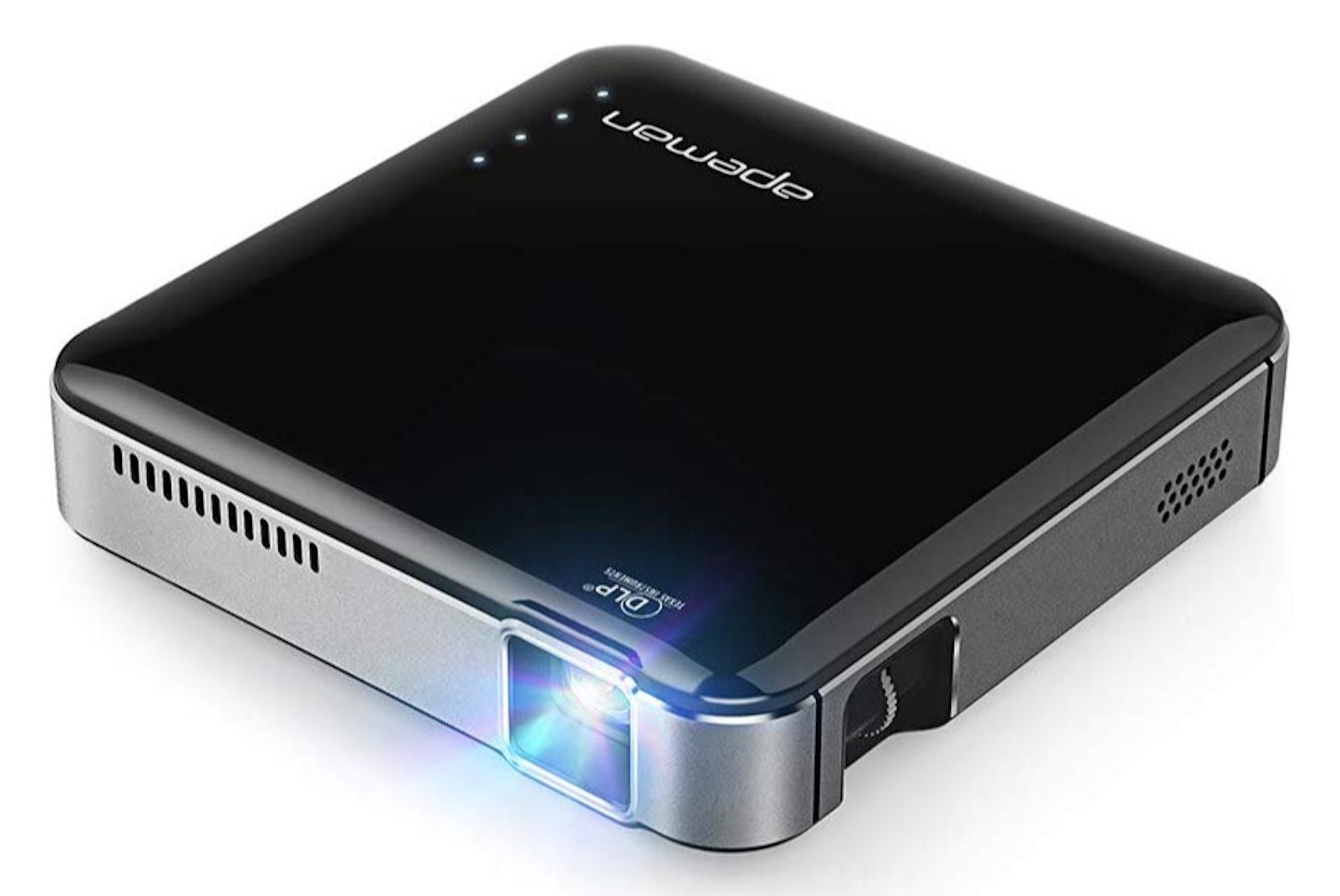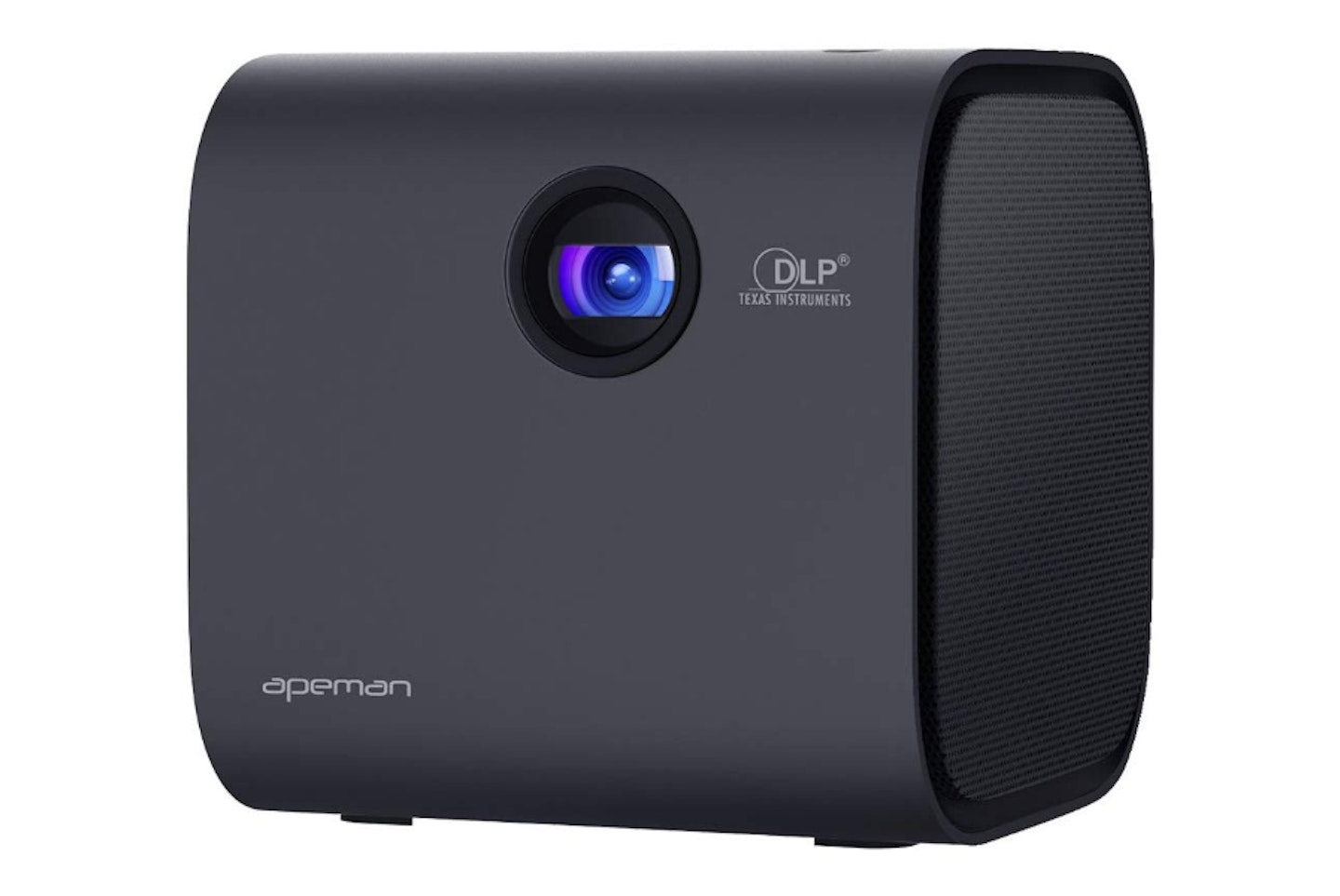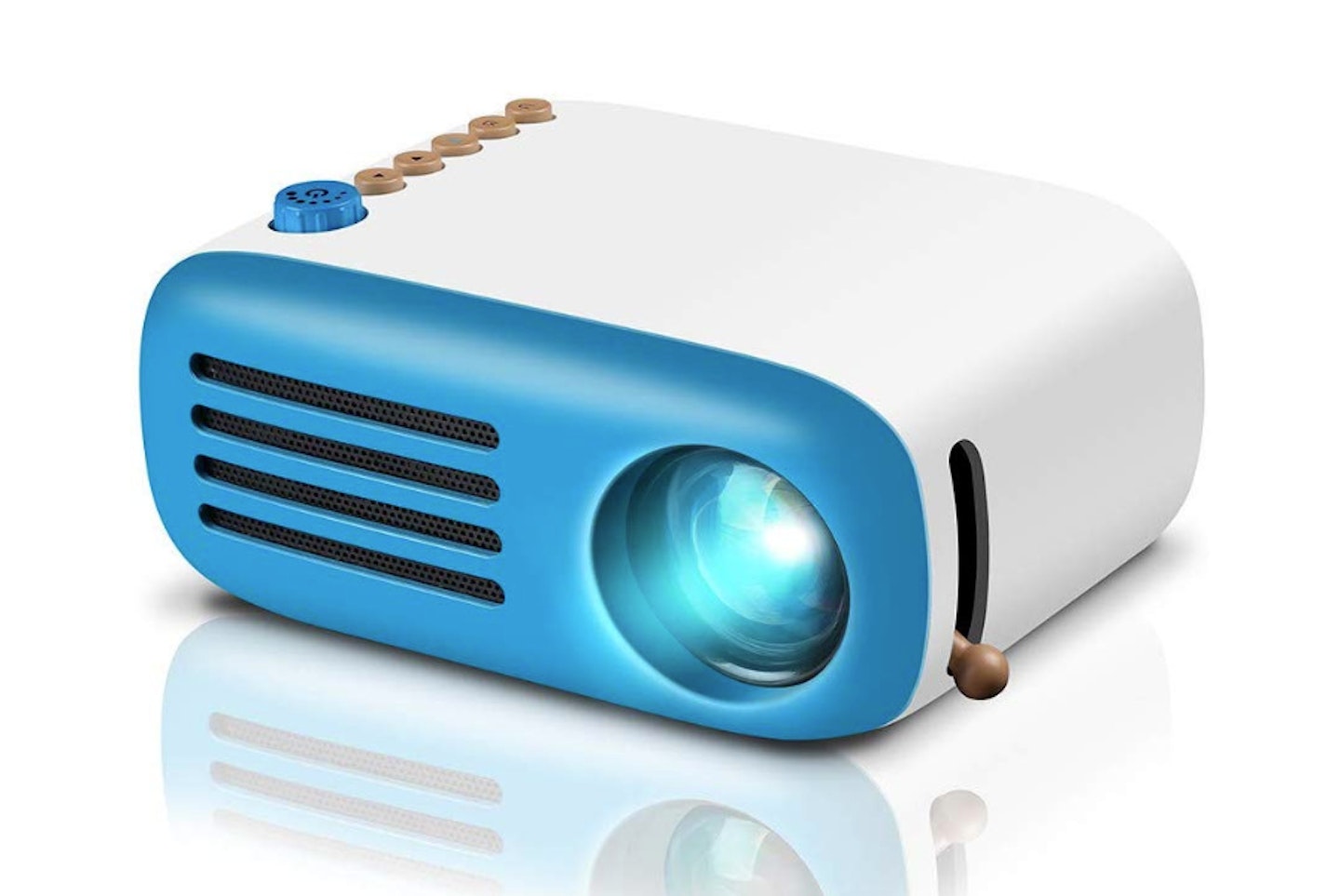Mini portable projectors are a revelation. With the advent of battery, LED, internal speaker and bulb technology these smaller projectors are really making a huge impact.
They are finding their home in the boardroom with professionals who are always ready to present, in living rooms for family slideshows or by the campfire for an impromptu outdoor camping cinema experience. Some models are also proving popular within the household as an alternative to a TV in a child’s room – a mini projector takes up no space and adds an extra special twist to a child’s favourite cartoons. You can even make them Smart if you have an HD streaming device such as an Amazon Fire TV Stick or Roku device, and gain access to Prime, Netflix and YouTube (you'll need an internet connection too, of course!).
Here’s our selection of some of the best mini projectors out there – whatever you pick, you’re in for a treat.
Check out our FAQs at the bottom of the page for some jargon-busting help and advice.
Best Mini Projectors
The Acer C200 is a device that you can rely on – with a sturdy but light construction this projector is the ideal portable companion. There is the standard portable projector resolution of 854 x 480, contrast ratio of 2000:1 and powerful dual-speaker audio. The LED lighting gives your image a wide colour gamut. While the connections are limited, they are all useful, with one HDMI, one USB and an audio-out 3.5mm jack. The rechargeable battery has a battery life of 4 hours, which can be extended by up to 70% with Acer's EcoProjection – this will dim your projections' brightness, but the life gains are huge. Dimensions come in at 11 x 12 x 3cm with a weight of 340g.
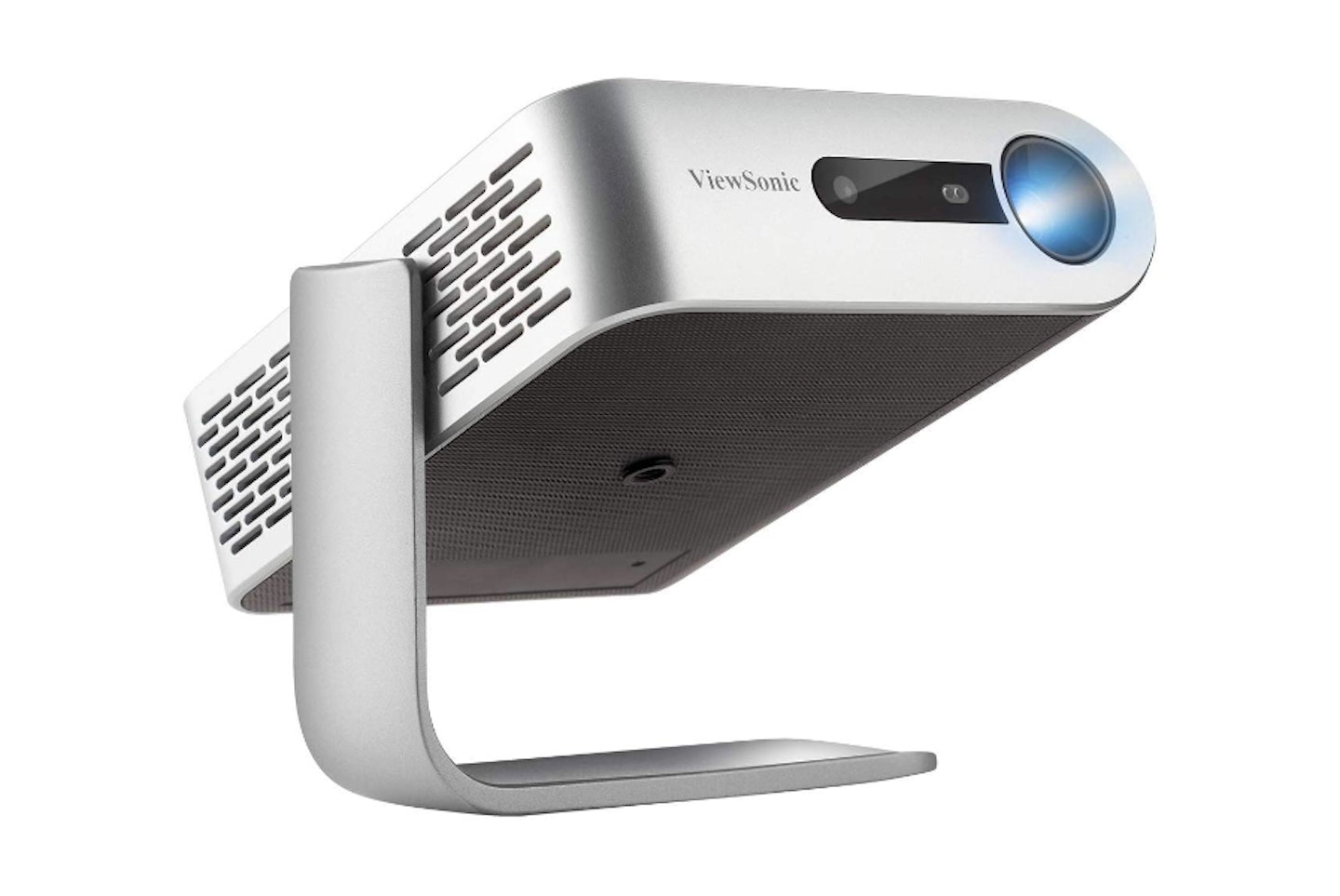
This projector from ViewSonic is an impressive bit of kit. The case design features easy-function buttons, is sturdy and comes with a pre-fitted 360-degree stand. The battery is very impressive too, boasting a huge 6-hours of run time. Speakers are provided courtesy of Harmon Kardon, some of the best you can get for this sized item. The image thrown out has a high contrast ratio and a 250-lumen output, so it's good-looking. Connections are aplenty, with the M1 offering HDMI, MicroSD card slot, USB type-A and USB type-C. The auto keystone will ensure a squared image in the correct perspective. Arguably the strongest feature in the M1 is the 16GB of internal memory, allowing you to store content for viewing without external components.
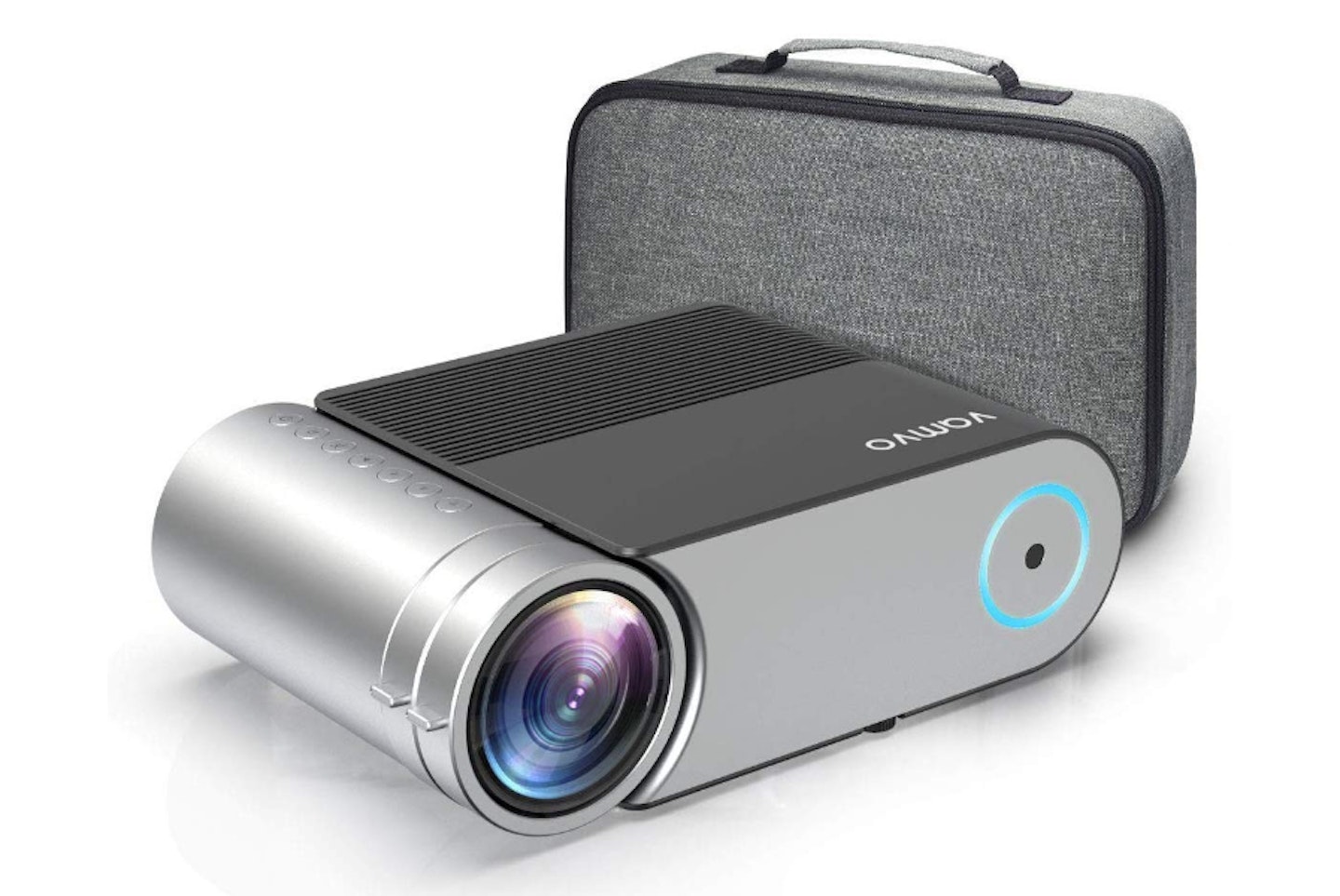
The L4200 features a LED lighting system that provides a 720P native resolution with 4000-lumen brightness – the highest on this list. The maximum image size is 200-inches, plenty big enough for any situation and the in-built stereo speakers work a charm. Connections support are: HDMI, VGA, two USB and AV. It is a large unit, measuring 24.4 x 16.5 x 7.8cm and weighing 1.25kg, but for home and professional use, this device is hard to beat.
The Apeman Mini Portable Projector is that – portable and mini, measuring in at 9.8 x 9.8 x 2.1cm and weighing 209g. The device shoots an image with 845 x 480 resolution – the ramped up brightness makes sure it's a nice bright image, too. The internal battery will run for around 2-hours, which is great for presentations or shorter films. The device comes with a 360-degree tripod, a 50-150 lumen brightness and offers connections for USB, HDMI, Micro-USB and 3.5mm audio jack.
This device from Apeman delivers an 854 x 480 resolution image with a maximum image size of 100-inches and a brightness of between 50-150 lumens. The design is ultra-low noise and features two in-built speakers, offering a loud, high-quality audio rarely found in other mini devices. The square shape isn't as portable as some of its competitors, but measuring 10.2 x 10.1 x 10.1cm and weighing 540g, this is still a portable size for business engagements or family gatherings.
B07JN59CX4
The GooDee isn't going to break any records for performance or on-board features, but it sure is a fun little device for families and children. It'll thrown out an image of up to 65-inches. The projector is palm-sized at only 12 x 10 x 5 cm and 259g. There're connections available for HDMI, USB, Micro SD and 3.5mm audio, and power consumption is low, as it can be powered by an external power bank or mains. Part of the reason for such a low power consumption is the low brightness, so this is best used in a darkened room. A great gift for kids, not recommended for professional use.
FAQs
What’s resolution?
Resolution is a term referring to the measurements used when defining an image's clarity. Higher resolution means a clearer picture. Here are some comparative examples:
333.480 – VHS
720.480 – Standard DVD resolution
1280.720 – Blu-ray
3840.2160 – 4K Ultra HD
What’s Keystone Correction and Lens Shift?
If your projector is not facing directly onto the viewing surface, it will skew and appear longer along one edge – this is referred to as keystoning. To correct this, projectors are fitted with Keystone Correction and or Lens Shift, which are simple mechanisms operated by the user which correct and straighten the image. They’re easily utilised and require no complicated technical know-how. Lens Shift is an analogue mechanism which is operated by an external wheel found near the lens. Keystone Correction will often be found in the projector’s digital menu.
See manufacturer’s instruction manuals for specific operation methods as they may differ slightly between brands and models.
Is “supports HD” or “HD supported” the same as full HD?
No – these terms simply refer to a device's ability to process HD material. If the device can support HD (which has a resolution of 1280×720) but has a display resolution of 720×480, it will downscale the image. This means it will lower the resolution to one it can display.
What’s contrast ratio?
Contrast ratio is the difference between the brightest a display can be compared to the darkest. Low contrast ratios, for example, 100:1, look washed out and weak. The higher the ratio, the better the image.
What are lumens?
Lumens are a measurement of light. 400 lumens are equivalent to a standard 40-watt bulb, and 700 lumens are around the same as a 60-watt bulb. The more lumens, the brighter the light. In regards to projectors, higher lumens make the image brighter. This can have its advantages if you are using a projector around other light sources, though typically when using a projector, you want to limit the presence of other excess light.
